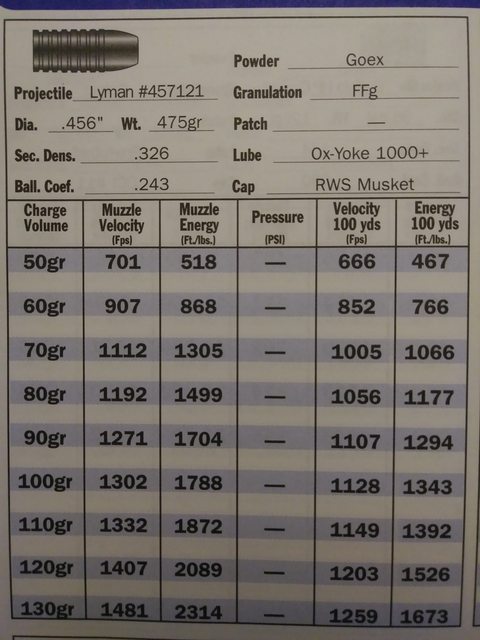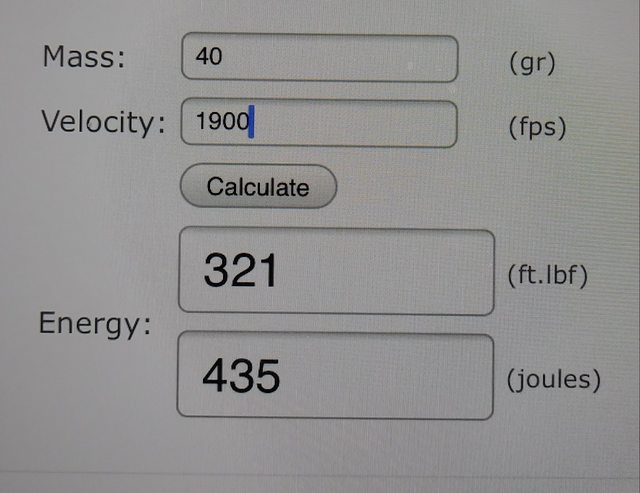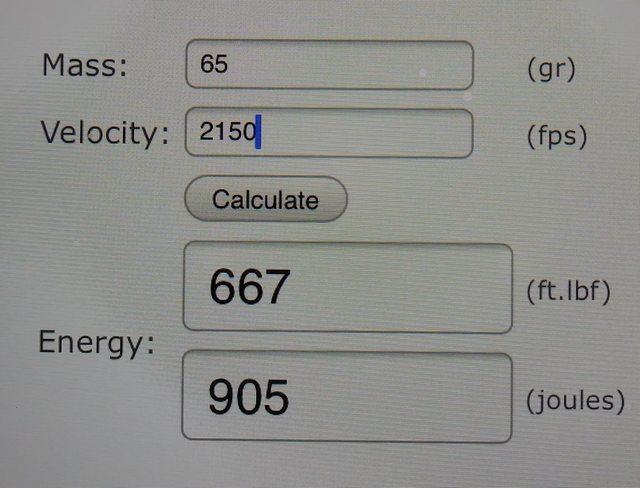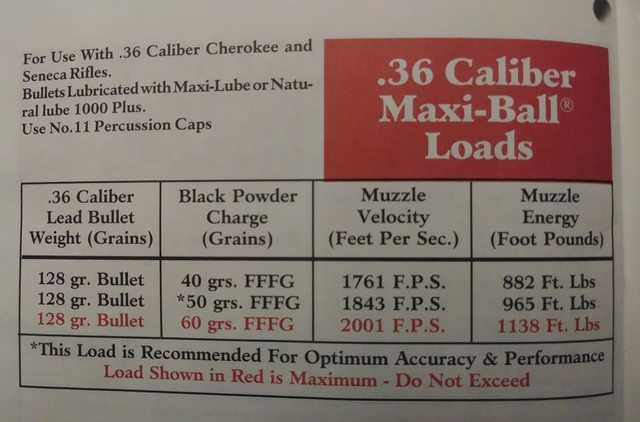- Joined
- Aug 23, 2013
- Messages
- 503
- Reaction score
- 46
As I venture into the world of PRB and plan to use it for big game hunting, I'm curious what everyone's opinion is on the effective range for PRB? Specifically in a .54 caliber as that's what I'll be using.
My initial thinking is to stay under 100 yards. With open sites in a hunting situation I can't see extending my range much past that. But maybe that's to far? Maybe 75 yds or even 50 yds is more realistic for PRB? I look at hunting with a traditional rifle & PRB as a "close encounter" hunting experience anyway so I'm not really looking to extend the range so to speak just want to make sure the PRB is capable of taking down anything from an antelope on the small end up to an elk or moose on the big end and at what distance. I know these have been used forever on big game so I'm not questioning if it can or cannot take down big game, but I'm interested in everyones experiences with at what range or distance it's possible?
So anyone with actual hunting experience that can chime in would be great. I'm not talking about "got real lucky" hail mary type hunting situations. I'd love to hear the ranges everyone has killed big game with a PRB and what they feel there maximum range is? And why they have chosen to limit themselves to said distances. Thanks...
My initial thinking is to stay under 100 yards. With open sites in a hunting situation I can't see extending my range much past that. But maybe that's to far? Maybe 75 yds or even 50 yds is more realistic for PRB? I look at hunting with a traditional rifle & PRB as a "close encounter" hunting experience anyway so I'm not really looking to extend the range so to speak just want to make sure the PRB is capable of taking down anything from an antelope on the small end up to an elk or moose on the big end and at what distance. I know these have been used forever on big game so I'm not questioning if it can or cannot take down big game, but I'm interested in everyones experiences with at what range or distance it's possible?
So anyone with actual hunting experience that can chime in would be great. I'm not talking about "got real lucky" hail mary type hunting situations. I'd love to hear the ranges everyone has killed big game with a PRB and what they feel there maximum range is? And why they have chosen to limit themselves to said distances. Thanks...













